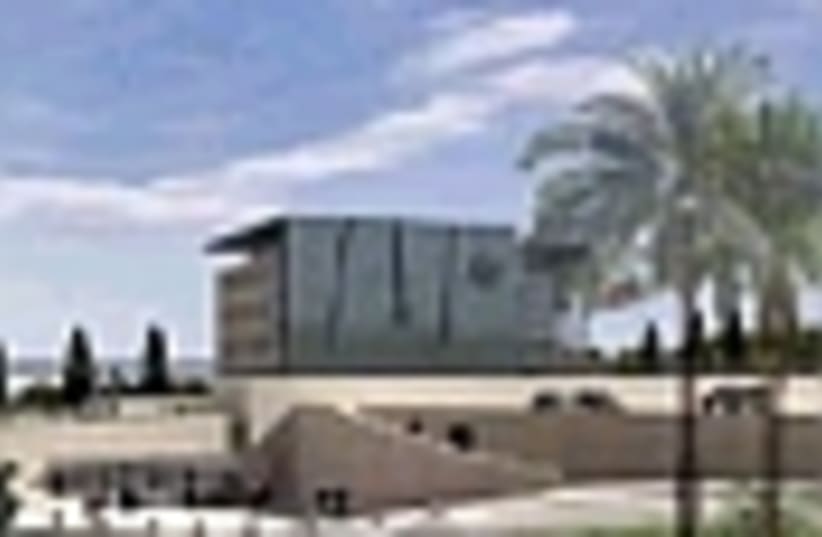| More about: | George W. Bush, American Israel Public Affairs Committee, Yitzhak Rabin, United States Navy |
Diplomatic construction
Israel is the only country whose American embassy is not located in its self-proclaimed capital.


| More about: | George W. Bush, American Israel Public Affairs Committee, Yitzhak Rabin, United States Navy |